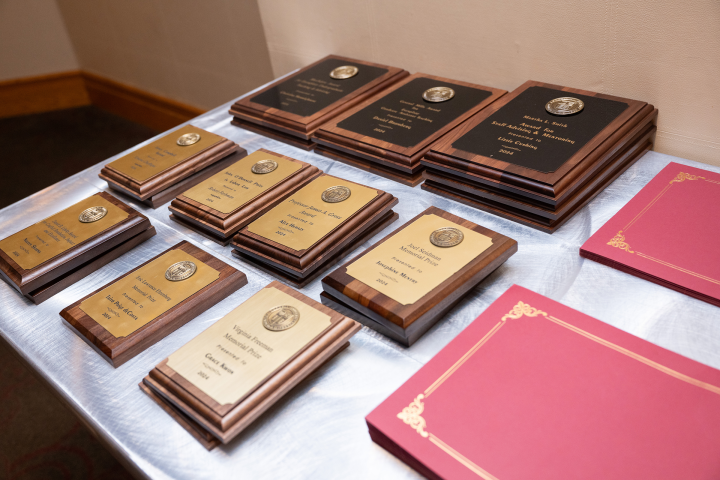
Cross-cultural Issues
Think of opposing lawyers at a trial. Each will explicitly outline their case, going from point A to B to C.
Compare that to communication between close friends. Exacting words and an A-B-C progression aren't necessary. An arched eyebrow or silence can articulate volumes.
Professor Ilhyung Lee urged his students Thursday in "Cross-cultural Issues in Mediation and Negotiation" to think about the ramifications of low-context style – the literal, direct approach of the lawyers – versus the high-context style of friends who need only exchange minimal information.
Communication context can apply to national styles as well as to individuals, Lee told students at the three-day workshop, sponsored by the Scheinman Institute on Conflict Resolution and continuing today in the ILR Conference Center.
Business people from China, Korea, Japan, Arabian countries and Mediterranean countries tend to be high-context communicators – there is an increased expectation people will understand what is left unsaid, according to Lee.
Business people from the United States, Germany, Switzerland and northern Europe are often low-context communicators, he said.
Forcing people out of their context comfort zones can be a "recipe for disaster," said Lee, the Edward W. Hinton Professor of Law at the University of Missouri School of Law.
Looking at how nations view themselves – often as the center of the world – was another of many cross-cultural issues Lee discussed this week with 27 students from ILR's undergraduate and graduate programs, Cornell Law School, Cornell's College of Agriculture and Life Sciences and the Maxwell School of Syracuse University.


